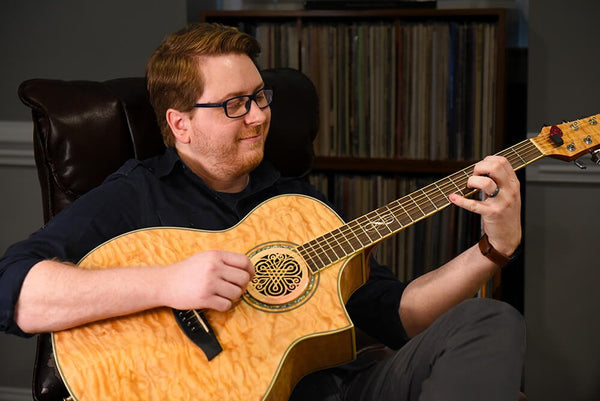The Bluesound Node unlocks the world of hi-res music streaming and multi-room audio to create a modern addition to existing HiFi systems or your favorite set of powered speakers. The Bluesound Node is an all in one Multi-Room HI-Res wireless music streamer that reinvents your HIFI systems and equipment. The Node sets your music free by providing multiple analog and digital input/output options and allows you to connect to your high-res music streaming apps like Spotify, Tidal and Amazon Music. It gives you the ability to fill your home with music through Bluetooth or Home Network connection and the BluOS controller app. Change the way you experience music in an impactful and innovative way with the Bluesound Node.
Moon-Audio is thrilled to offer our customers the Bluesound Node which we added to our catalog for a number of reasons. The Bluesound Node is a very basic, easy to understand streaming system for beginners that allows our customers to begin developing their own quality sound system for their home. Additionally, the Node is ROON compatible and allows all of your Roon certified equipment to work with one another seamlessly. We hope this document helps you enjoy your purchase for many years to come.














